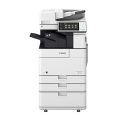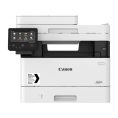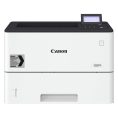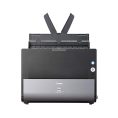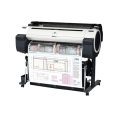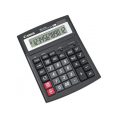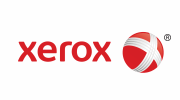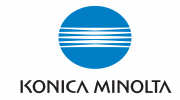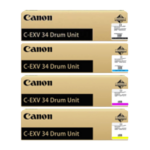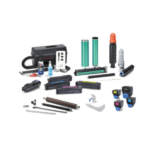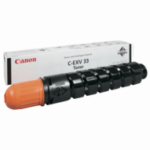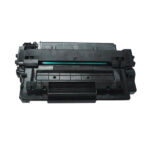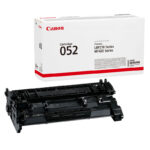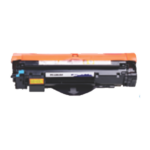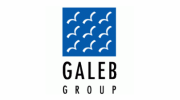Thus, a sustainable balance must be struck between being efficient while also spending enough to be at the forefront of any new industry shifts. On the flip side, a turnover ratio far exceeding the industry norm could be an indication that the company should be spending more and might be falling behind in terms of development. Companies should strive to maximize the benefits received from their assets on hand, which tends to coincide with the objective of minimizing any operating waste.
Companies with fewer fixed assets such as retailers may be less interested in the FAT compared to how other assets such as inventory are utilized. An increasing trend in fixed assets turnover ratio is desirable because it means that the company has less money tied up in fixed assets for each unit of sales. A declining trend in fixed asset turnover may mean that the company is over investing in the property, plant and equipment. The asset turnover ratio is calculated by dividing the net sales of a company by the average balance of the total assets belonging to the company. The asset turnover ratio tends to be higher for companies in certain sectors than others. Retail and consumer staples, for example, have relatively small asset bases but have high sales volume—thus, they have the highest average asset turnover ratio.
Fixed Asset Turnover Ratio Formula
The asset turnover ratio measures the value of a company’s sales or revenues relative to the value fixed assets turnover ratio formula of its assets. The asset turnover ratio indicates the efficiency with which a company is using its assets to generate revenue. Publicly-facing industries including retail and restaurants rely heavily on converting assets to inventory, then converting inventory to sales. Other sectors like real estate often take long periods of time to convert inventory into revenue. Though real estate transactions may result in high profit margins, the industry-wide asset turnover ratio is low.
Asset Turnover vs. Fixed Asset Turnover
Asset turnover ratio results that are higher indicate a company is better at moving products to generate revenue. As each industry has its own characteristics, favorable asset turnover ratio calculations will vary from sector to sector. When considering investing in a company, it is important to look at a variety of financial ratios.
Fixed Asset Turnover Ratio Analysis
The asset turnover ratio considers the average total assets in the denominator, while the fixed asset turnover ratio looks at only fixed assets. The fixed asset turnover ratio (FAT ratio) is used by analysts to measure operating performance. A common variation of the asset turnover ratio is the fixed asset turnover ratio.
- FAT measures a company’s ability to generate net sales from its fixed-asset investments, namely property, plant, and equipment (PP&E).
- Companies with higher fixed asset turnover ratios earn more money for every dollar they’ve invested in fixed assets.
- The asset turnover ratio is most useful when compared across similar companies.
- Other sectors like real estate often take long periods of time to convert inventory into revenue.
Also, a high fixed asset turnover does not necessarily mean that a company is profitable. A company may still be unprofitable with the efficient use of fixed assets due to other reasons, such as competition and high variable costs. Though ABC has generated more revenue for the year, XYZ is more efficient in using its assets to generate income as its asset turnover ratio is higher. XYZ has generated almost the same amount of income with over half the resources as ABC. Suppose company ABC had total revenues of $10 billion at the end of its fiscal year. Its total assets were $3 billion at the beginning of the fiscal year and $5 billion at the end.
A high turn over indicates that assets are being utilized efficiently and large amount of sales are generated using a small amount of assets. It could also mean that the company has sold off its equipment and started to outsource its operations. Outsourcing would maintain the same amount of sales and decrease the investment in equipment at the same time.

